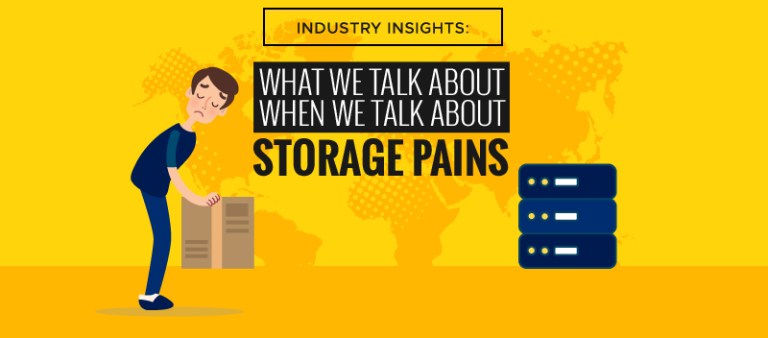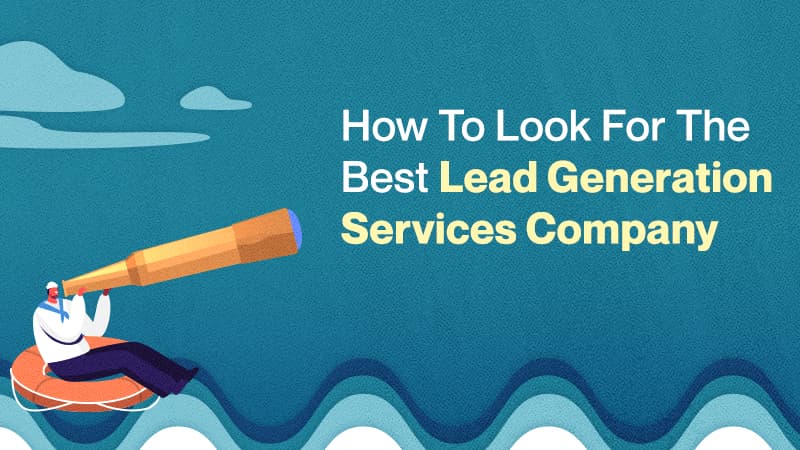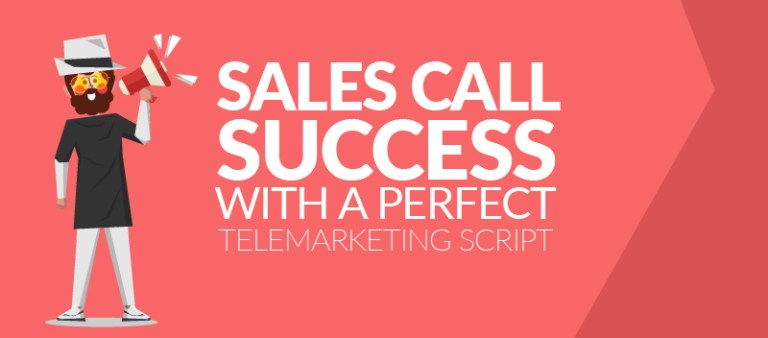Data is the new oil. Whether you agree with that or not, there’s no denying that data is a valuable resource, especially now when companies of all sizes rely on vast amounts of data to gain a competitive edge. Today’s businesses create and use data at the fastest pace in history to keep the wheels of big data, analytics, machine learning and AI turning. That is why lead generation and database management are some of the many currently in-demand services — especially in the B2B landscape.
All that data needs a place to live in. That’s why businesses’ demand for data storage drives many of the IT trends we’re seeing today.
As much as 55% of survey respondents in Interop ITX’s 2018 State of Infrastructure study cite the rapid growth in data/data storage as the biggest factor behind their changing business IT systems.
In the same way, Spiceworks’ 2018 State of IT report reveals that managed storage/backup continues to be a prominent item in most companies’ managed services spending, coming in second place after managed hosting.
But businesses want more than just petabytes upon petabytes of additional storage space. They need new solutions to extract more insights from their data resources in ways that best meet their goals. As a result, data storage use-cases have evolved beyond typical functions like disaster recovery, business continuity, internal control, and regulatory compliance.
Of course, vendors and providers have been quick to adapt to these new requirements by offering setups like software-defined storage, flash, hyperconvergence, hybrid cloud, collocation, etc. But these emerging technologies have so far only managed to produce a mixed track record.
In fact, users and customers experience a variety of persistent pain points from their current storage implementation, either due to these solutions’ inability to solve an existing business problem or from a newer set of difficulties that switching to (or staying with) these platforms has brought. In any case, these unmet challenges create plenty of opportunities for managed storage vendors.
In this blog post, we’ll take a closer look at the most pressing storage problems (as mentioned by a handful of recent industry studies) and walk through some practical ways to leverage these pain points in your own marketing strategy.
Related: Why Back-up and Recovery Solutions Matter
Which Pain Points Hurt the Most?
Storage users’ headaches largely result from accelerated data growth, but this problem tends to affect different buyers in different ways. Two recent studies shed some light on what exactly bothers today’s storage customers.
But first, it’s worth finding out what buyers actually want to achieve with the plethora of storage solutions available at their disposal.
Storage vendor DataCore polled 426 IT professionals representing a broad range of workloads and found some striking responses about storage customers’ goals. More than half of respondents cited simplifying management of different storage models (55%), future-proofing their infrastructure (53%), and avoiding hardware lock-in from vendors (52%) as their top priorities, while around 47% wanted to extend their storage assets’ useful life.
When asked about “technology disappointments and false starts” in their storage implementation, respondents in the DataCore survey answered the following:
- Cloud storage failed to reduce costs: Around 31% of respondents said their cloud storage implementations didn’t yield any cost savings.
- Object storage is difficult to manage: This was the top pain point cited by 29% of respondents.
- Storage systems didn’t lead to performance gains: As much as 16% of the polled IT professionals reported that flash failed to speed up their applications.
Meanwhile, 451 Research surveyed nearly 500 enterprise storage professionals and found results comparable to the DataCore study. It blamed the rapid growth in data usage and requirements as the main reason behind most companies’ storage woes.
Specifically, respondents in the 451 Research poll named the following as their biggest storage pain points:
- Handling data/capacity growth and storage requirements
- Meeting disaster recovery requirements
- Keeping the high cost of storage low
The study also uncovered emerging pain points, including growth from new applications (top of mind for 22% of respondents) and storage migrations (cited by 21% of respondents as their number-one pain point).
Related: How to Use the 3 Levels of Pain Points for Better Sales Conversations
What Do These Symptoms Point to?
Pain points indicate an underlying problem. So, to effectively communicate the value you’re offering, you need to show that your managed storage solution resolves the main issue and not just alleviate the apparent symptoms. Taken together, the top storage pain points we’ve met earlier show three main trends.
1. Storage customers aren’t getting the most from their current vendor.
An overwhelming majority of customers say their current storage solutions fail to deliver the results they expect. Avoiding vendor lock-in also appears as one of the top priorities among storage users.
This underscores opportunities for your managed storage company to step in and fill the gaps left by what the competition offers.
Actionable Tip: In most B2B purchase decisions, prospects are already doing business with an existing vendor. This is especially true for today’s storage buyers as they’re increasingly partnering with providers to help them meet their data management challenges. That’s why a key tactic in your marketing strategy should help target customers evaluate how things are going with a current vendor.
Related: The B2B Buying Process Has Changed: Here’s How Not to Get Left Behind
2. The buyer’s current storage is a loose patchwork of several components.
Findings from both the DataCore and 451 Research studies imply that businesses currently rely on complex and cumbersome storage implementations. Nearly 6 in 10 companies want to streamline how they manage multiple storage models.
In addition, difficulties in handling storage objects, managing data in multiple third-party cloud applications, and performing storage migrations are all top challenges that users face.
Actionable Tip: B2B buyers oftentimes need to work with a dizzying number of vendors and solutions, each fulfilling a specific function in the overall business process. Your target customer might benefit from choosing a vendor that provides everything they need or helps them simplify the way they combine different storage solutions together.
3. Buyers want to build capabilities, not just expand capacity.
It’s clear that storage challenges are becoming more complex, and it’s no longer solely about finding more places to store data in. As businesses want faster databases and sharper analytics, storage is now about optimizing performance and enabling real-time delivery.
This additional layer, in turn, puts more strain on existing infrastructure, complicates storage workflows, and increases storage costs.
Actionable Tip: Storage needs have moved away from simply acquiring more capacity toward actually managing storage resources. Data storage responsibilities now cover both on- and off-premise data assets, which make the challenges even more difficult. As a vendor, you can help solve this problem by providing comprehensive, integrated, and hybrid solutions.
The Takeaway: Marketing managed storage solutions isn’t simply about features and pricing, it’s about addressing real business pain points. Customers buy in order to solve a problem, and they buy from vendors that understand what they’re facing.
Related: Stages of a B2B Sales Pipeline (and Ways to Increase Your Sales Success Rate)




